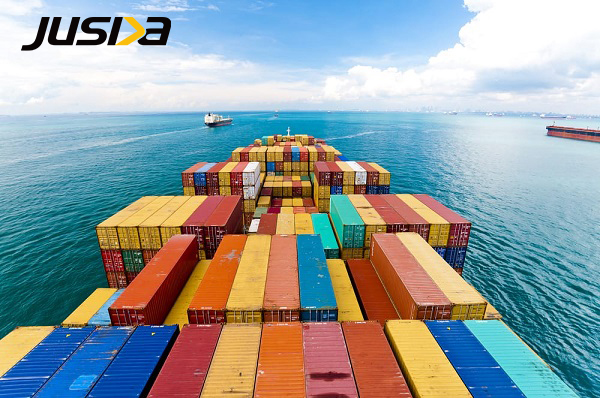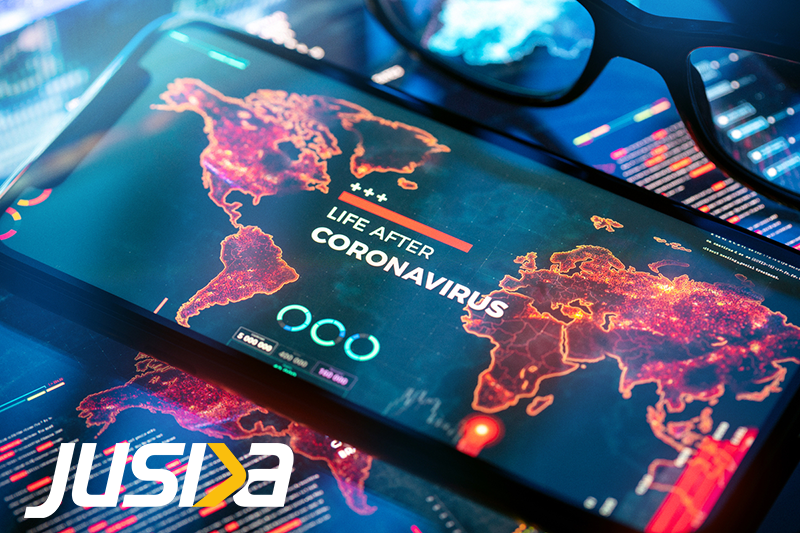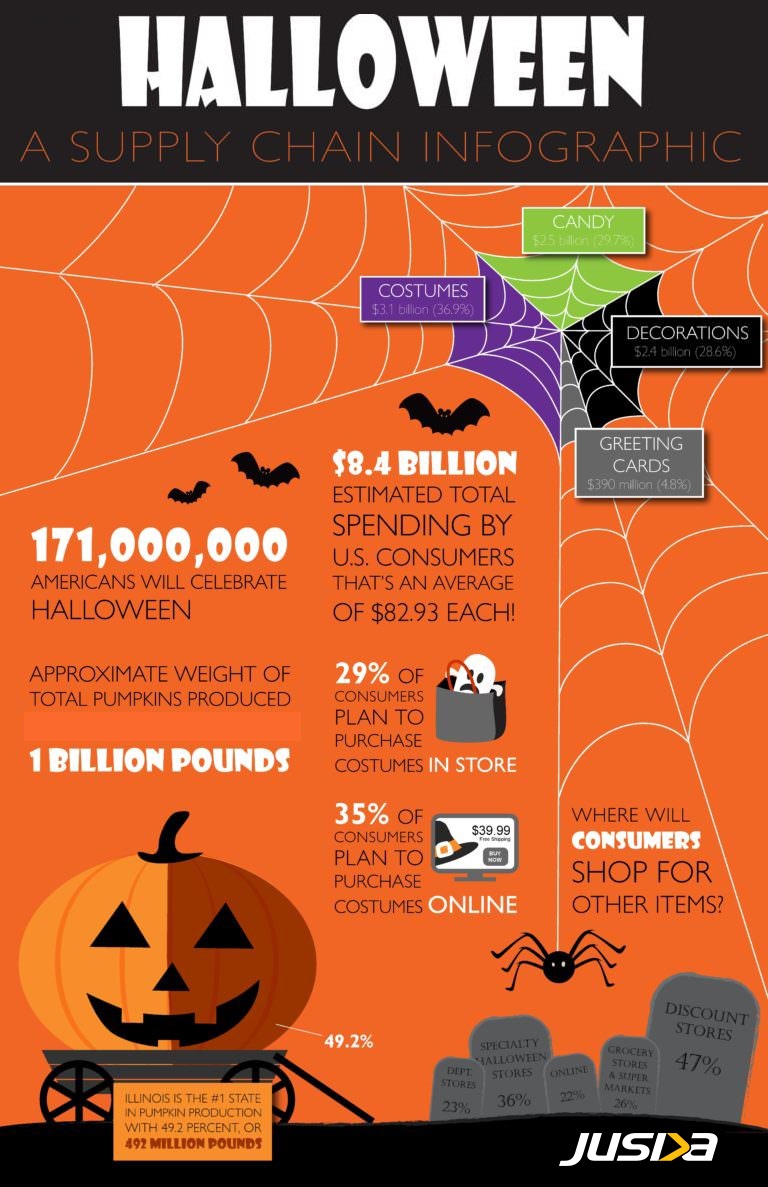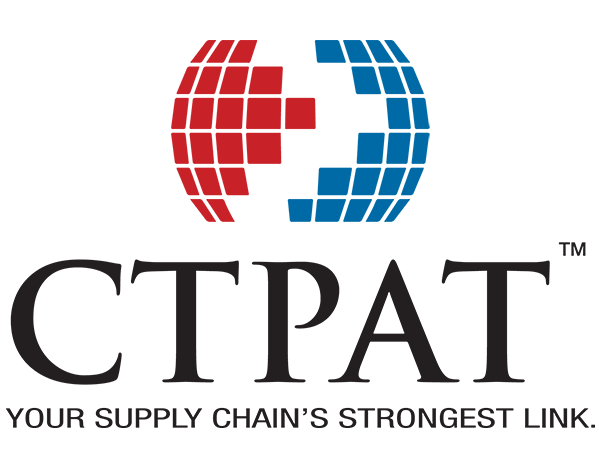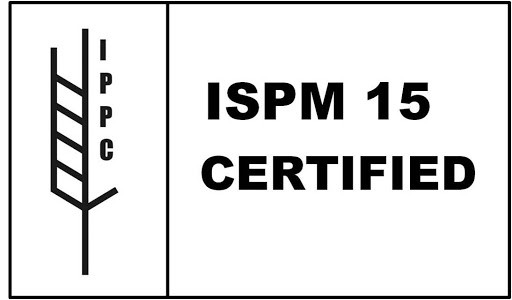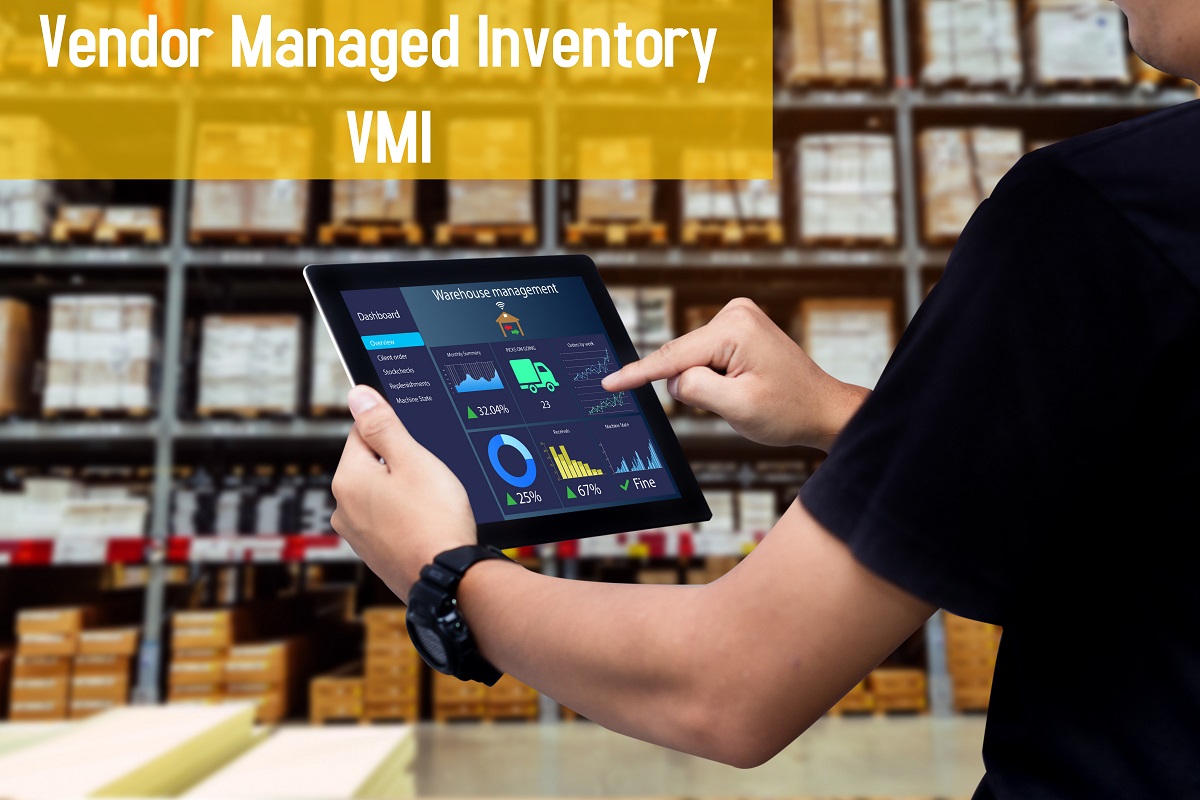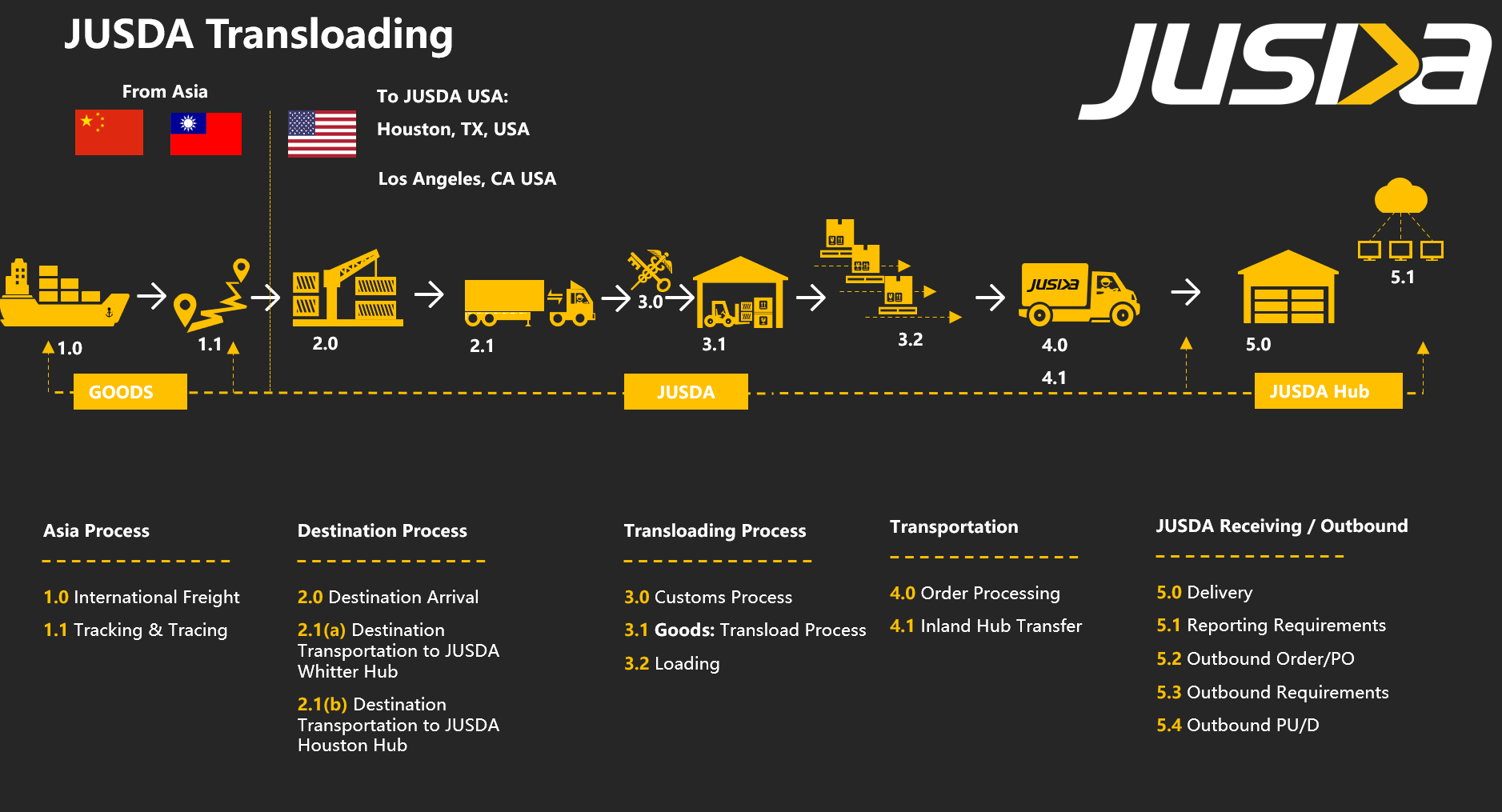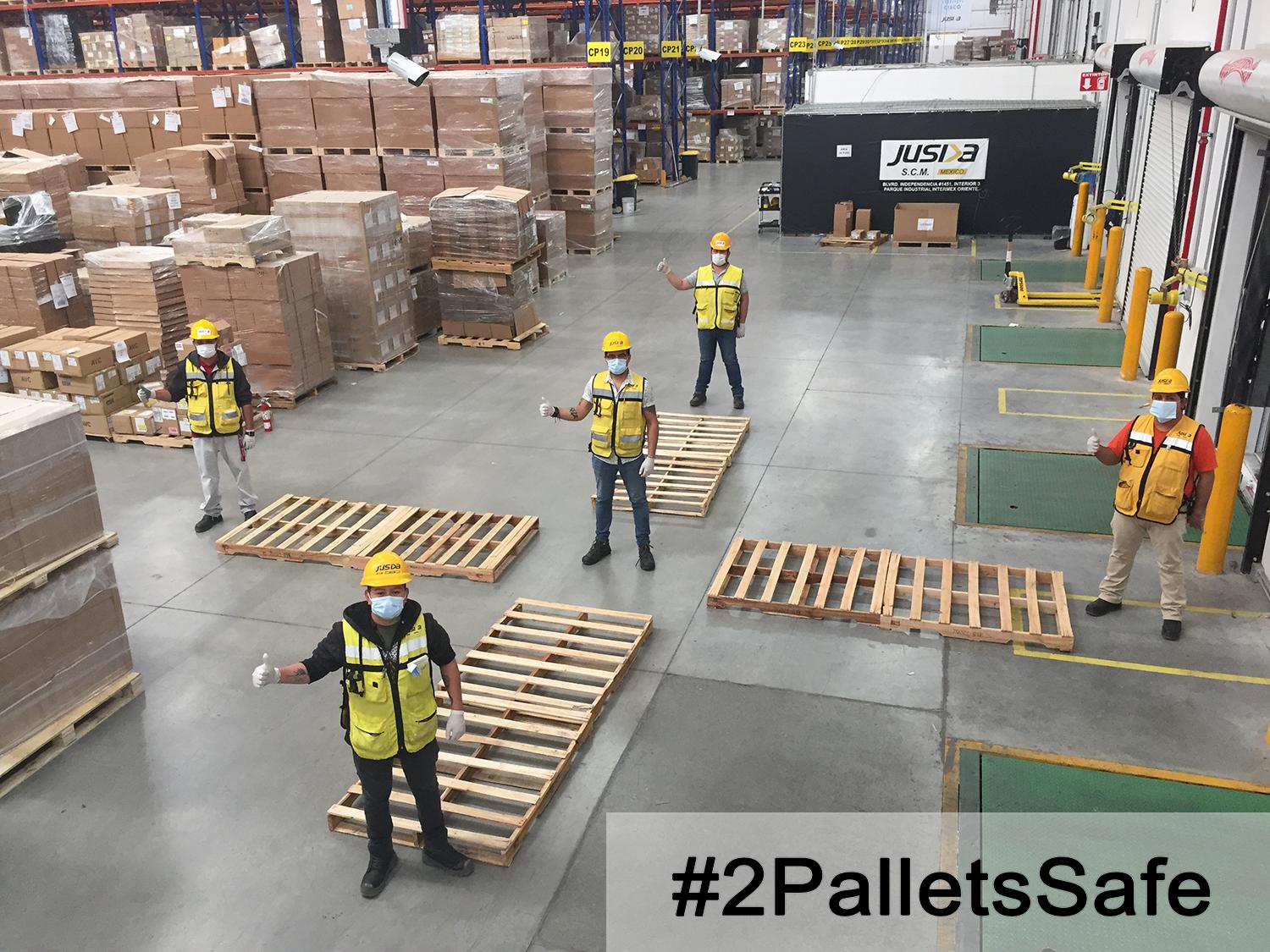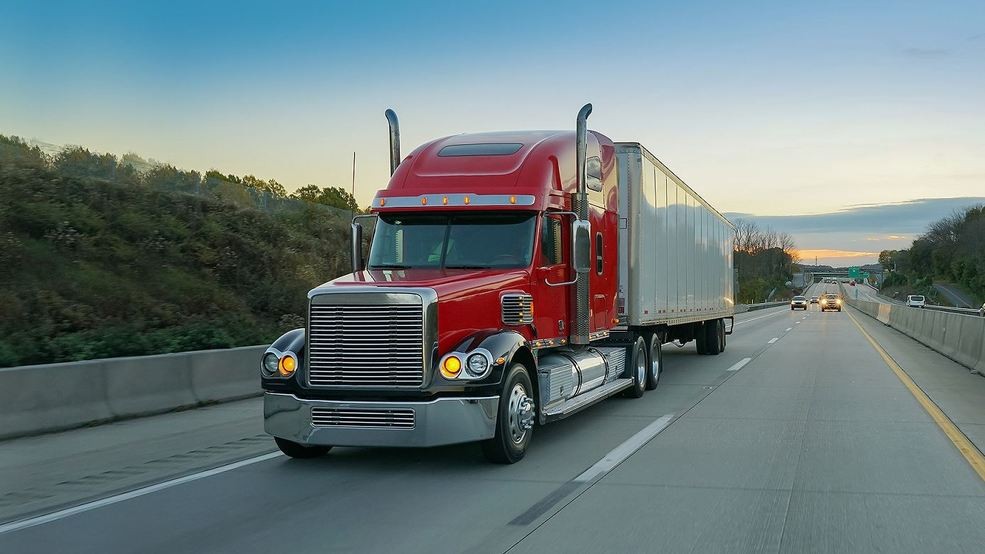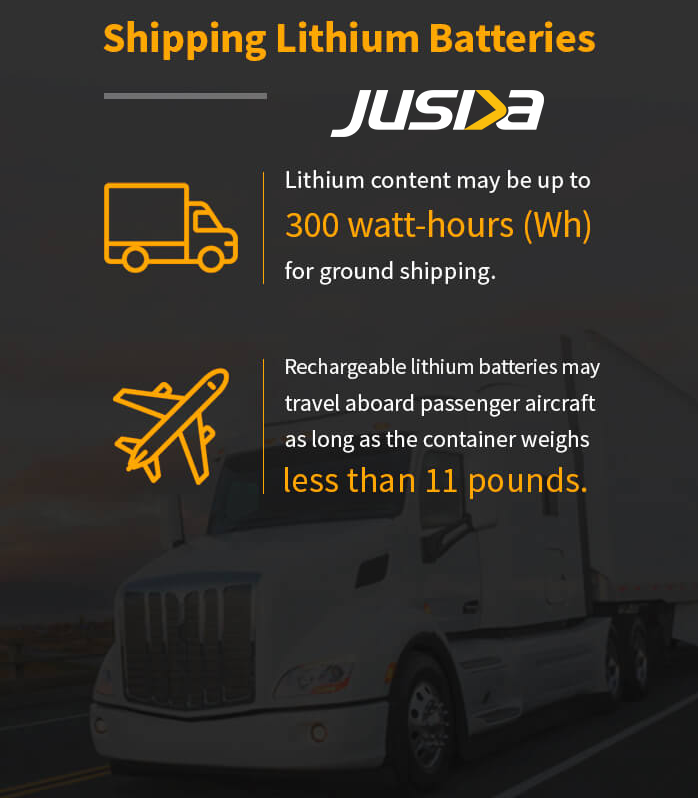
Shipping
Shipping Lithium Batteries
These days, many products are powered by batteries. And, naturally, many of these products are being shipped around the world. The problem here is that these batteries can be dangerous and pose safety risks if they’re not properly packed and shipped. This article will show you how to go about shipping lithium batteries without putting anyone at risk.
When shipping lithium batteries, the method you select for delivery makes a difference in packaging and handling. For instance, the changes in pressure in an airplane put different stresses on containers than those experienced by packages traveling by truck or train.
If your business does not have a contracted shipper or its own shipping vehicles, check with the company providing the cargo transport. Some have specific regulations regarding carrying hazardous materials, such as lithium-ion batteries, that go beyond domestic and international regulations.
1. SHIP VIA GROUND
Train or truck transport of batteries have a higher weight allowance. Lithium content may be up to 300 watt-hours (Wh) for ground shipping. However, when choosing a ground option for these larger batteries, you must include a label stating that the contents are lithium batteries and that transport can only occur via ground, not air or sea.
If your shipment requires any legs of its journey to be via air or water, pack it according to those requirements. Any time inside a cargo plane or vessel changes the shipment’s designation to water or air transport instead of ground. If in doubt, adhere to the stricter guidelines for air and sea deliveries.
2. SHIP BY AIR OR BY SEA
Both medium and large batteries have the same requirements when shipped via air or sea. Rechargeable lithium batteries may travel aboard passenger aircraft as long as the container weighs less than 11 pounds. Nonchargeable lithium batteries cannot travel on passenger planes at all.
All batteries shipped on planes or boats need to have passed design testing. To verify their safety, lithium-ion batteries must include paperwork for Class 9 hazardous materials. Containers traveling by air must also include in the paperwork information for an emergency contact and notification of the pilot in addition to the shipping information.
Shipping lithium-ion batteries internationally by air have similar guidelines listed under the International Air Transport Association, IATA. While many standards remain similar, you may encounter some subtle differences. For instance, some countries do not allow importation via air of separately packed lithium-ion batteries.



